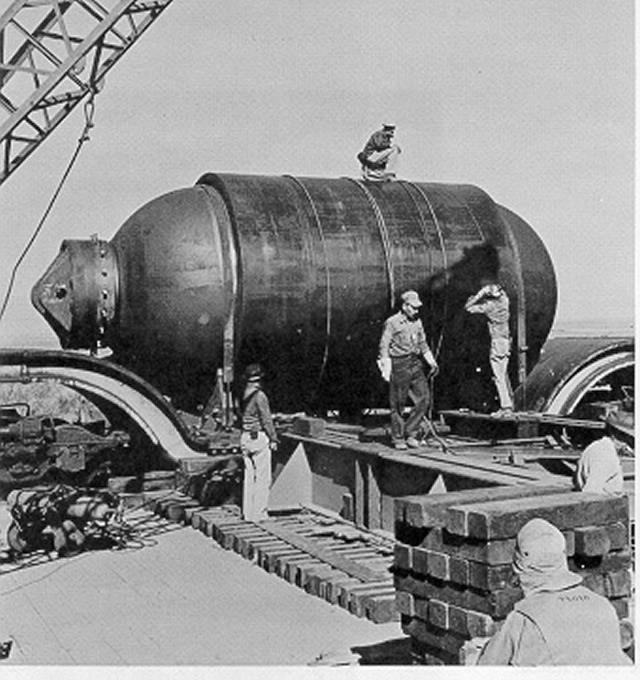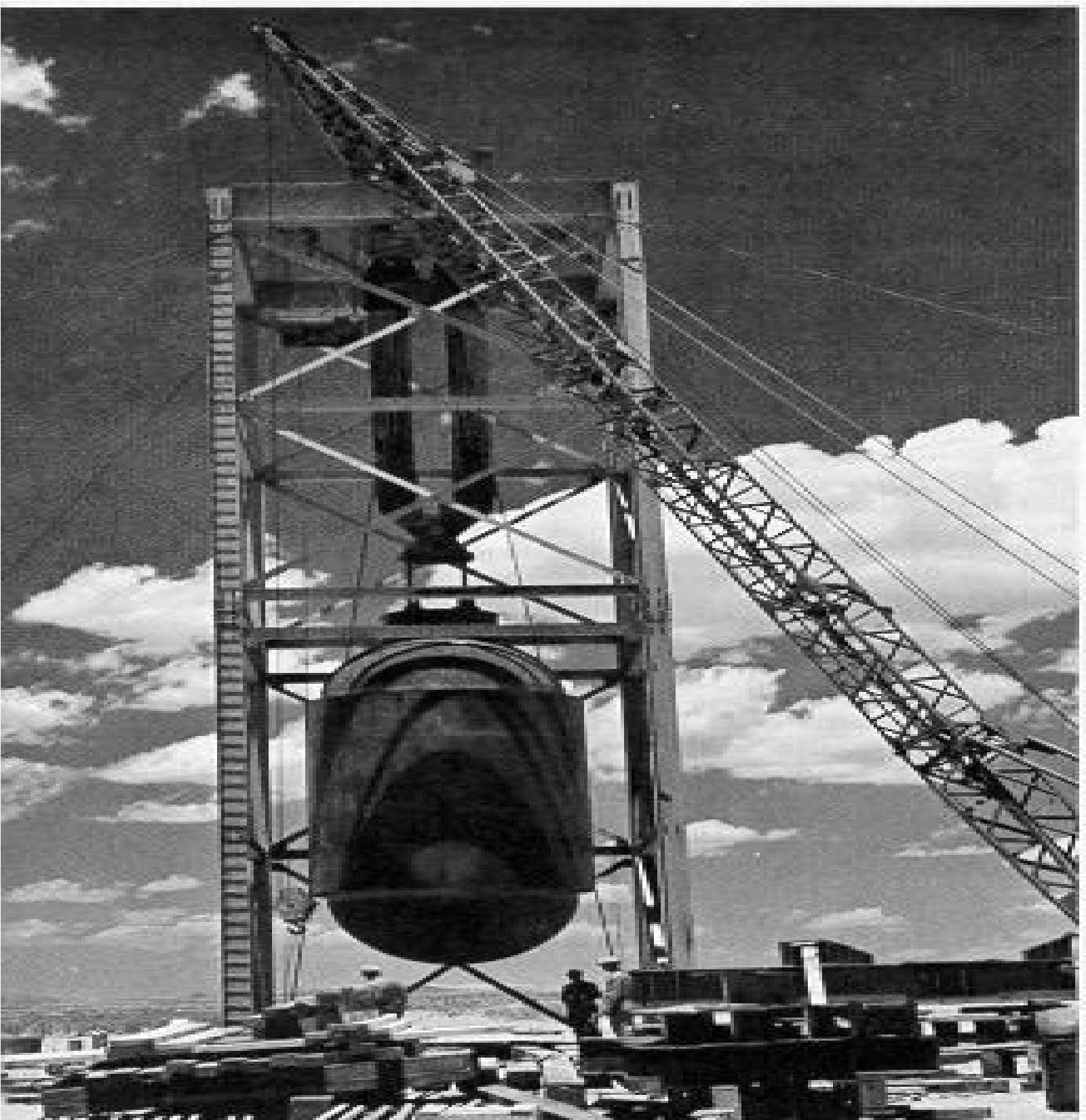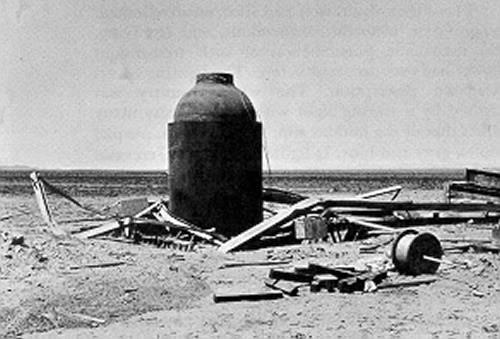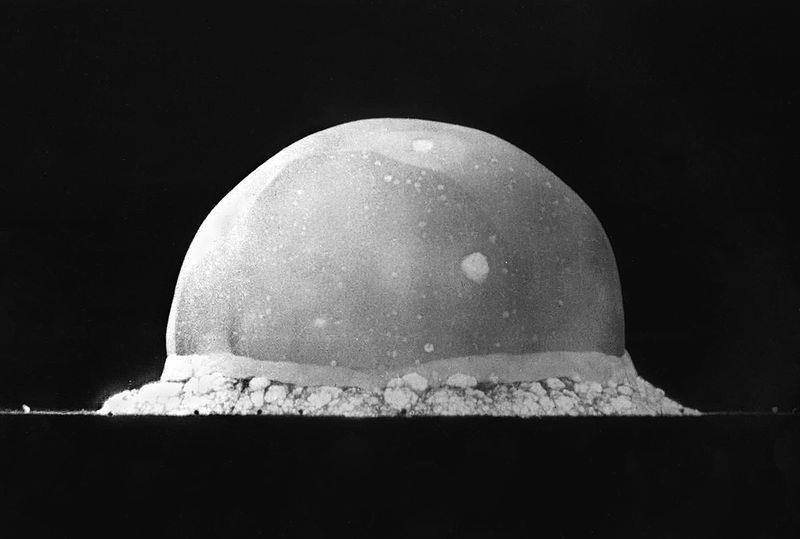Manhattan Project: Outline
- The Manhattan Project
- Purpose of the Manhattan Project
- Social and Cultural Effects of the Project
- Political and technological effects of the Project
Manhattan Project
- The Manhattan Project was a code name for a military project that was conducted during World War II between 1942 and 1946.
- The Manhattan project derived its name from the location of its early operation center which was Manhattan Island in New York City. The island was chosen because of its port facilities as well as a large military presence (Edmondson, 2009).
- Albert Einstein and Leo Szilard who had escaped the Nazi regime in Germany to the United States wrote to President Roosevelt warning him of Germany’s nuclear bombs (Nuclear Weapons Archives 2000).
- Both Einstein and Szilard believed that the German’s were creating nuclear weapons that would be used in destroying countries that opposed Fascist oppression (Angelo, 2004)
- President Roosevelt responded to Einstein’s letter by informing him that he had set up a committee that would be used to research uranium and its use in atomic bombs.
- President Roosevelt appointed Robert J. Oppenheimer to head the Manhattan Project and to oversee uranium research and the development of the bomb (Gosling, 1999).
Purpose of the Project
- The purpose of the Manhattan Project was to develop atomic bombs that would be used in the War against Germany as well as to counter any nuclear attack by the Nazis who were at the time developing uranium and atomic bombs (Elish, 2008).




Social and Cultural Effects of the Manhattan Project
- There was a lot of anxiety and fear by American citizens over eminent nuclear attacks by Germany and the Soviet Union.
- There was also a heightened fear in the American society that the country was harboring Soviet spies who were gathering information on the Project.
- The Project challenged the social and cultural fabric of American society and the US government.
- Social and Cultural Effects of the Manhattan Project.
- The scientists and chemical engineers who were involved in the development of the nuclear bomb had their ethical and moral integrity challenged because they were developing weapons that could wipe out the entire human population in the world (Lenoir & Hays, 2010).
Political and technological effects of the Project
- The completion of the project saw the introduction of new technological improvements in the fields of science, medicine, and aeronautics such as chemotherapy and radiography machines (Hughes, 2009: FAS, 2010).
- The Manhattan Project changed the lives of everyday citizens because of the introduction of nuclear science and nuclear weapons as well as nuclear technology (Stine, 2009).
- The creation of the atomic bomb made the United States be the world’s superpower (Herrera, 2006).
- The presence of Soviet spies in the country lead to Senator Joseph McCarthy conducting a witch hunt to expose these communist spies (Kelly & Rhodes, 2007).
References
Angelo, J.A., (2004), Nuclear technology. Westport, US: Greenwood Press.
Edmonson, N., (2009), Technological foundations of cyclical economic growth: the case of the United States economy. New Jersey: Transaction publishers.
Elish, D., (2008). The Manhattan Project. Canada: Children’s Press.
Federation of American Scientists (FAS) (2010). Web.
Gosling, F.G., (1999). The Manhattan Project: making the atomic bomb. Washington: History Division, Department of Energy.
Herrera, G.L., (2006). Technology and international transformation: the railroad, the atom bomb, and the politics of technological change. Albany, New York : State University of New York Press.
Hughes, J., (2002). The Manhattan Project: big science and the atom bomb. New York: Columbia University Press.
Kelly, C.C., & Rhodes, R., (2007). The Manhattan Project: the birth of the atomic bomb in the words of its creators, eyewitnesses and historians. New York: Black Dog and Leventhal Publishers.
Koistinen, P. A.C., (2004). Arsenal of World War II: The Political Economy of American Warfare, 1940-1945. Lawrence, Kansas: University Press of Kansas.
Lenoir, T., & Hays, M., (2010). The Manhattan project for biomedicine. Web.
MPHPA (2005). The Manhattan Project heritage Preservation Association : Photos. Web.
Nuclear Weapons Archives (2000) The Manhattan Project and before. Web.